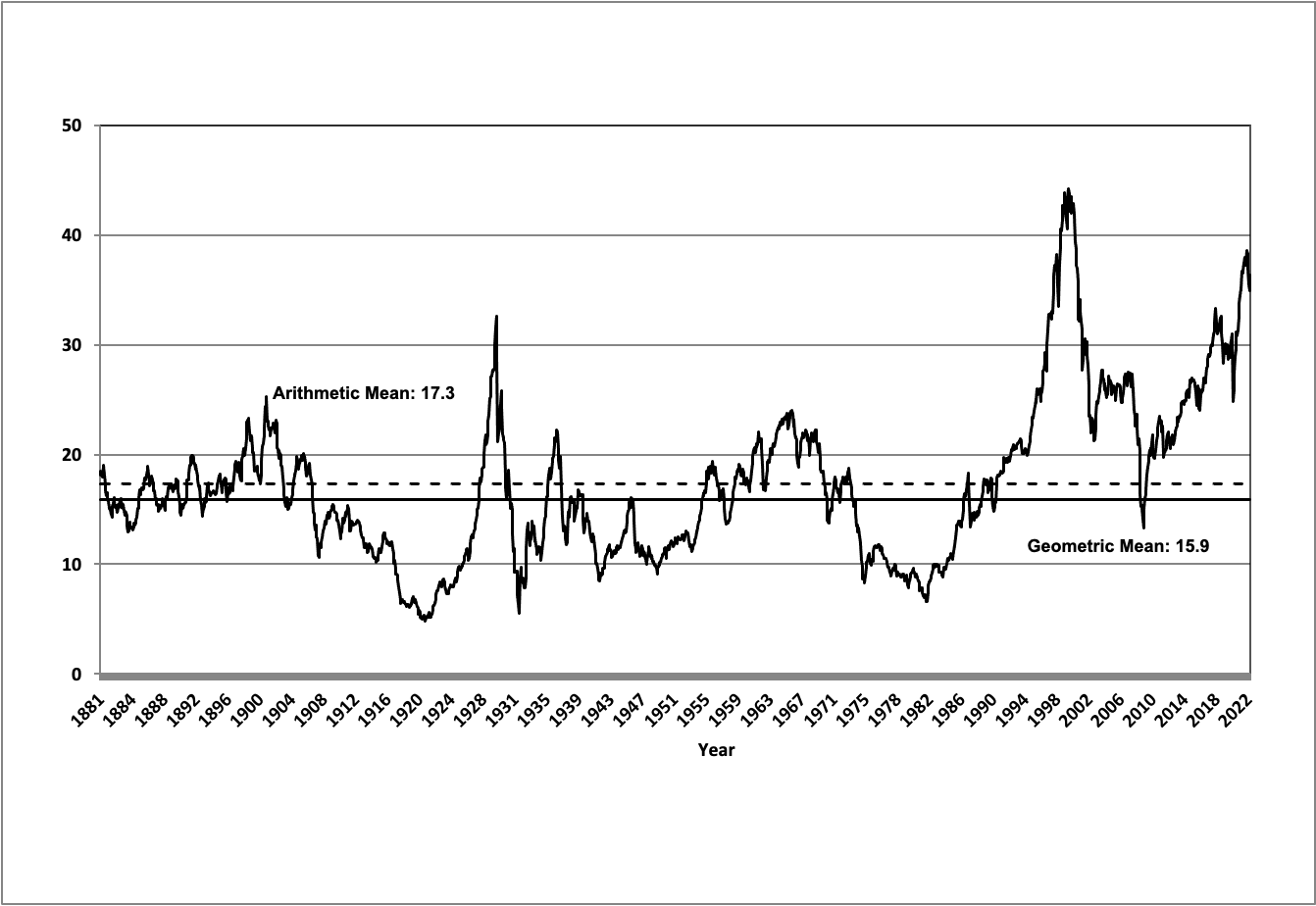[Because] Much of their output is hard to measure: making dashboards more accurate and timely, providing strategic insights to the C-suite, creating interesting talking points for IR.
What matters most is motivation to do this particular job well. ...Think about how to motivate people to succeed, especially with the right metrics and targets, and get really good at clearing out the unsuccessful people in a way that doesn’t unnecessarily damage them or the organization’s esprit de corps. …
Hire consultants to avoid type I errors (visible hiring mistakes) [because labor regulations make these hard to correct...
instead] fill some of your analytical needs with consulting projects or a rent-to-own employment model, lowering the cost of these errors. …
Hiring is a prediction, so I will give the same advice that I give in my contests: Keep track of your predictions (here, the data from the hiring team’s resume screens and interviews) and outcomes so that you can later analyze whether your predictions were correct and where you went wrong. Be careful with this data set, however, because some of the people you hired will end up staying long enough to theoretically stumble on the info later and find out which interviewers didn’t like them on first sight. So either hold all the data yourself or have HR keep it locked up. …
For interviews, rate each candidate on these categories [using a 1-5 scale]:
- Technical skill for the role at hand
- Problem-solving (which everyone understands is a polite term for intelligence)
- Communications (the candidate’s ability to communicate clearly in spoken and written English)
- Teamwork (ability to get work done despite the failings of people above, below, and around them), and
- Drive (motivation to do well in this particular job).
INTERVIEW QUESTIONS:
Act I: “How’s it going?” Start with pleasantries based on the resume. Quickly cover any open factual questions about experiences and skills that are relevant to the intended role.
Act II: “Think of a project you worked on that is in any way similar to what we do here and had a lot of positive impact.” Then have a normal human conversation about it. Ask about the project overall, the candidate’s role, and the impact. If the conversation is going well, ask more challenging questions and see if the candidate can explain how their work supported their broader company mission, quantify benefits (a sensible, contextual way see if they are able to estimate and manipulate numbers quickly), and answer questions about unintended consequences or opportunity costs.
Act III: “What ideas do you have for improving the performance of this [i.e., the hiring] company?” If the candidate is fumbling around, guide them toward something useful (e.g., “How might we increase our revenue?”), then drill in with questions about their idea, challenging it, drawing out implications, and asking about competitor responses.
Act IV: “What questions do you have for me?” Bad responses are: no questions, trivial questions about publicly known facts, or “I used up all my questions with the last three interviewers.” An adequate response is “Tell me more about yourself [i.e., the interviewer] and how you got to where you are.” Top marks are awarded for posing questions that relate to topics that were revealed during the interview, which shows genuine interest, listening skills, and quick thinking.

/cloudfront-us-east-1.images.arcpublishing.com/gray/7XKINSC4ZNEIPLRLRFOPUTIVHY.jpg)
